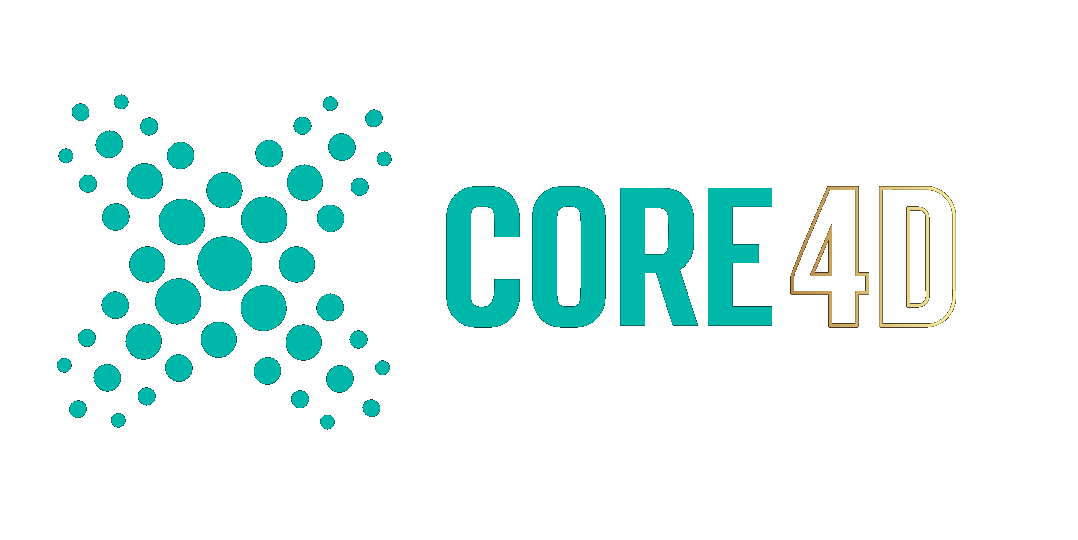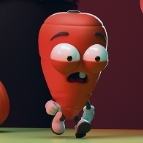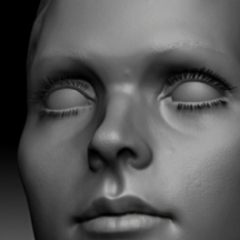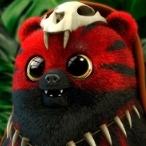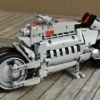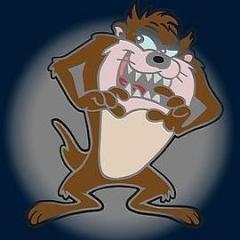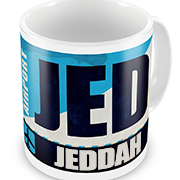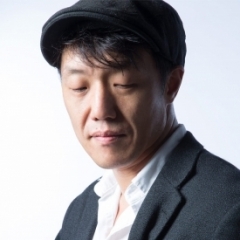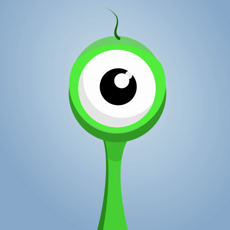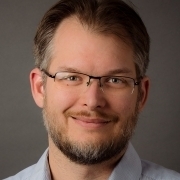Leaderboard
Popular Content
Showing content with the highest reputation since 05/06/2016 in Posts
-
Hi folks :) Here are some important news from us. From this point onward, all trainings from C4DCafe, both existing and future ones are free. Yes, you read that right! Given that we are now fully committed to make Cafe even greater place and universal Cinema user hub, we felt that this is necessary step. Free access to knowledge will have positive effect on the community and whole C4D eco system. All training content is being uploaded to our youtube channel as this post is made. Here is a list of trainings that will be available: 1. Introduction to R18 and modelling (currently on youtube already) 2. Introduction to R19 Fracturing 3. Xpresso volume 1 and volume 2 4. Introduction to R20 MoGraph fields 5. Introduction to R20 Nodes We would like to thank all our former customers and hopefully they won't resent this move, because, after all, this benefits them too for future content we make :) We expect to finish with upload in a week since shear amount of videos will take long time. https://www.youtube.com/channel/UC_MRjD4IdPtvYLo2dLC-POw Additionally, we also started providing very valuable scene file repositories like this: https://www.c4dcafe.com/ipb/forums/topic/91711-c4d-cafe-lost-and-new-filesfree-to-use/ https://www.c4dcafe.com/ipb/forums/topic/104415-node-based-materials-repository/ https://www.c4dcafe.com/ipb/forums/topic/104962-hrvojes-free-file-pit/ Last but certainly not the least, is our new community based project https://www.c4dcafe.com/ipb/forums/topic/105210-c4d-cafe-steam-punk-project/ We hope that with these moves Cafe will grow to be even better, help you even more to promote your work and skills, assist you in finding gigs or full time positions, or simply be a happy place for you to hang out. As a part of the staff here I try to help as much as possible and I can see incredible effort from many members to share their time and energy to help out others, which is truly fantastic :) Cafe has grown so much that we have members from all kinds. From students, hobby users, 2d artists, VFX guys, hardcore coders, to talent scouts, managers, CEO's of large companies and various other industry professionals. Have fun and for being a member!11 points
-
10 points
-
7 points
-
6 points
-
6 points
-
6 points
-
6 points
-
6 points
-
6 points
-
5 points
-
5 points
-
5 points
-
5 points
-
5 points
-
5 points
-
5 points
-
5 points
-
5 points
-
5 points
-
4 points
-
4 points
-
4 points
-
4 points
-
4 points
-
4 points
-
4 points
-
4 points
-
4 points
-
4 points
-
4 points
-
4 points
-
4 points
-
4 points
-
4 points
-
4 points
-
4 points
-
4 points
-
4 points
-
4 points
-
4 points
-
4 points
-
4 points
-
3 points
-
3 points
-
3 points
-
3 points
-
3 points
-
3 points
-
3 points
-
3 points
